

Tourists love Eilat, but hitting its beaches may become difficult
Tourism in Israel's southernmost city has blossomed over the years, but ending Eilat's in-town landings as well closing the international section at the nearby Ovda air force base and replacing both with a new airport 25 minutes away could change all that, and according to tourism industry insiders, it already has
However, the pending closure of Tel Aviv’s Sde Dov Airport threatens to deal the sector a heavy blow.
Tourism is crucial to Eilat’s economy. According to Liat Agassi, marketing manager at the city’s Municipal Company for Tourism, 80 percent of Eilat’s income comes from tourism and 80% of the people who live there work directly in the trade.
“Eilat has no other industry but tourism,” Agassi says.
The number of visitors staying at least one night in Eilat rose from 2,276,100 in 2010, with an average overnight hotel occupancy of 18,739.7, to 2,493,100 overnight visitors in 2018, with an average overnight occupancy of 19,004.7, according to figures provided by the Central Bureau of Statistics.
“Eilat has boomed,” says Mark Feldman, the CEO of the Jerusalem-based Zion Tours.
The Tourism Ministry says in a written statement that, “Incoming tourism to Eilat has dramatically increased in recent years thanks to the Israel Ministry of Tourism flight incentives (to airlines) for new routes with tourism potential into Eilat (of approximately $68 per passenger).
"Weekly flights have increased from just four a few years ago to 57 last winter season. The flight subsidies continue for the upcoming winter season. As a result, hundreds of thousands of tourists from overseas (mainly Central and Eastern Europe, Ukraine, Russia and Scandinavia) have vacationed in Eilat during the winter seasons, injecting millions of shekels into the local economy.”
However, Eilat’s transportation infrastructure recently underwent significant changes. The downtown airport, which was used mostly for domestic flights, and an international section at the Ovda air force base both closed this year and were replaced with the new Ramon International Airport, which is 25 minutes north of Eilat.
Agassi said that this had already hurt tourism to the city, which has seen a 30% drop in visitors since Ramon opened.
The Tourism Ministry, however, believes that in the long run, the new airport arrangement will help bring more tourists.
“A reflection of (the incentives’) success, combined with the recent opening of Ramon International Airport, was the inclusion of Eilat as number 6 in the coveted New York Times ‘52 Places to Go in 2019,’" the ministry says. "This was in fact the first time that an Israeli destination was included in this annual list.”
Now Sde Dov Airport, which is located in northern Tel Aviv, is set to close on July 1. This will leave Ben-Gurion Airport, located 20 kilometers southeast of the metropolis, as the only domestic origin for Eilat-bound flights, a change that many experts say will have a devastating impact on tourism to the southern city.
The Tel Aviv-Jaffa Municipality says in a written statement: “The closure of Sde Dov without a suitable alternative will lead to the destruction of domestic civil aviation in the State of Israel, and severely damage metropolitan Tel Aviv-Jaffa and the cities of the periphery.
"Ben-Gurion does not provide a suitable alternative to Sde Dov, according to all professionals dealing with the matter. The municipality will uphold all decisions taken on the matter by the government of Israel, although it intends to continue to argue in favor of the importance of Sde Dov.”
According to Agassi, the closure as currently planned would be a disaster for tourism in Eilat.
“I’m scared it will not be a 30% drop in tourists (as has been the case since the opening of the Ramon airport) but one of 70%,” she says. “We expect a lot of people to simply not come to Eilat.”
Agassi is not opposed to Sde Dov eventually closing, but says the government first needs to invest in additional infrastructure.
“My hope is that the prime minister and everyone will understand that they should close Sde Dov, but not now,” she says. “They should close it but give us another alternative, like fixing Route 90 (the highway to Eilat) to make it safer,” including installing a barrier between the southbound and northbound lanes to prevent head-on collisions.
Eilat does not draw as many tourists as Jerusalem or Tel Aviv. According to Shabtai Shay, general manager of the Eilat Hotel Association, the city does not offer any of the elements that make Israel’s top sites especially attractive to international visitors.
Shay explained that a quarter of the people who visit Israel from abroad do so for religious reasons. Many go to Jerusalem, with its Western Wall and Temple Mount, and nearby Bethlehem, and to Nazareth in the Galilee.
On the other hand, people in the business and technology sectors are naturally drawn to Tel Aviv. The third main component of international tourism is Diaspora Jews visiting friends and relatives. Most have no need to go to Eilat, with its population of just 60,000.
“None of the niche market exists in Eilat,” Shay says. “We don’t have industry and Jesus wasn’t born here.”
According to Yaniv Belhassen, senior lecturer in the Department of Hotel and Tourism Management at Ben-Gurion University of the Negev, Eilat’s distance from the rest of the country and a lack of planning have hurt the city’s growth.
“Eilat is an isolated destination on the southernmost tip of Israel. It has a magical combination of a desert and a beautiful sea on one of the most beautiful gulfs in the world,” Belhassen says in an email.
“But Eilat, like other mass-tourism destinations, has experienced quick development which eroded the attractiveness of some of its original resources, such as the coral reefs and the wild beaches. Tourism in Eilat developed quickly and almost out of control, without anyone thinking about the city’s physical and social carrying capacity.”
In addition, he contends that the city has done a poor job in identifying why visitors should come.
“Eilat… lacks a stable and coherent identity as a town and as a destination…. Its current branding, ‘Eilat+,’ well captures this lack of strategic thinking about the image of the city and the travel experiences it offers for its visitors,” Belhassen says.
Shay, of the Eilat Hotel Association, argues that Eilat is competitive as a vacation destination for international tourists, particularly those from Europe and Russia, and that its biggest rivals are Turkey, Cyprus and Egypt. However, vacationing in Eilat is often more expensive than these other locations.
“We have a problem. Our security and kashrut regulations impose extra expenses on the hotels, and (thus) our prices are not the most competitive,” Shay says. “People want to get a suntan; they want the beach and the ocean. They can get the same thing in other countries. They don’t have the same sentiment toward Israel (as Jewish visitors).”
According to Shay, to improve tourism in Eilat, the government needs to invest in cultural activities in the city and to better promote it in Europe.
“We need to offer those who are coming to Eilat more than the beach or the desert,” Shay says. “We need festivals, international competitions.”
Belhassen also says Eilat needed to rebrand itself.
“In light of the current threat of isolation of the city after Sde Dov closes, I would try to revive its image as a wild and different kind of place to visit, ‘The Wild City at the End of the Desert,’ as it used to be known in the Israeli collective imagination until the 2000s,” Belhassen says.
“Thanks to its never-ending sun and its desalinization plant, Eilat will soon be off grid for water and electricity,” he says. “Add to that the special tax zone (Eilat has no value-added tax) that already exists in the city and you have the conceptual image of the ‘Wild Principality of Eilat’ that is ‘disconnected’ from the rest of the country.”
Not everyone agrees that closing Sde Dov will hurt tourism. Most of Feldman’s clients use Ben-Gurion Airport to get to Eilat.
He argues that construction of an additional 1,700 hotel rooms and 2,000 apartments will increase the city’s tax base, allowing for more investment in infrastructure.
“The future of Eilat is going to be quite bright,” he says.
Article written by Tara Kavaler. Reprinted with permission from The Media Line














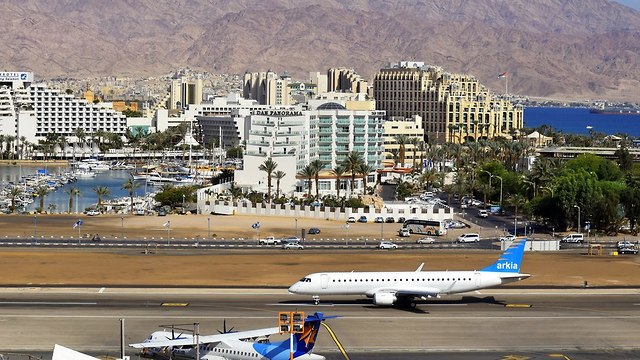
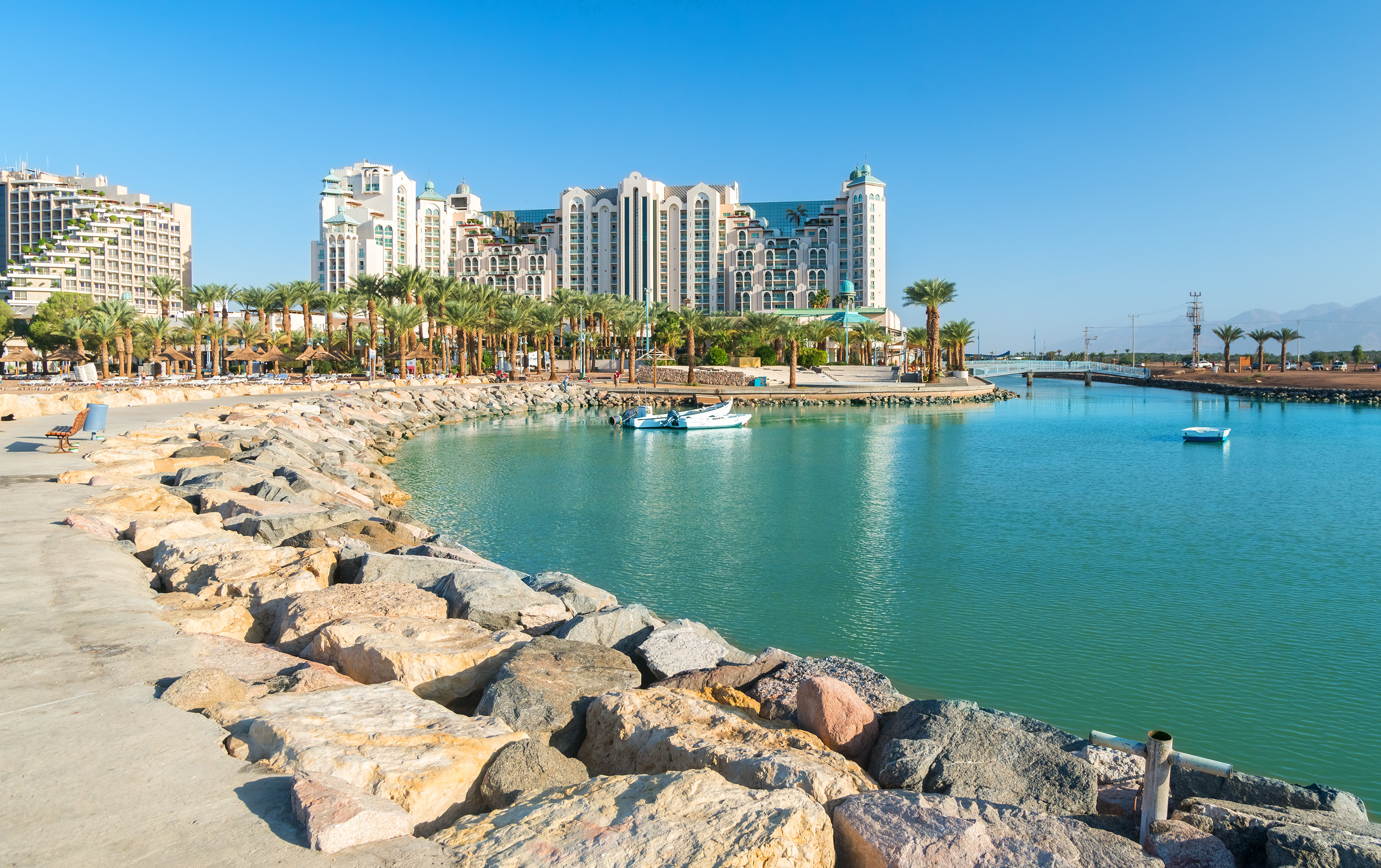
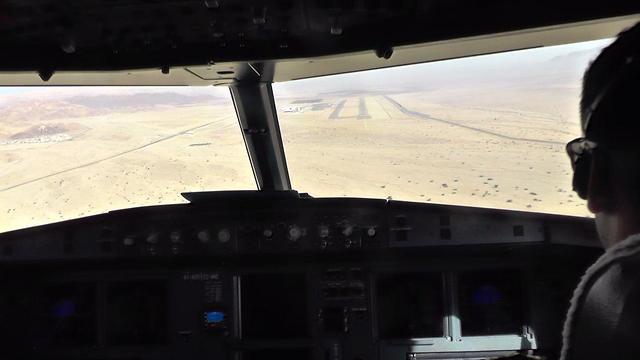

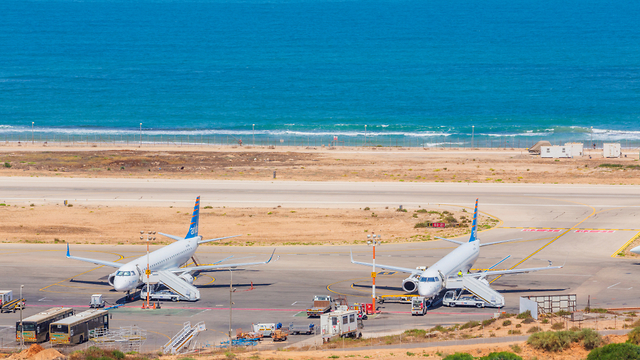

.jpg)
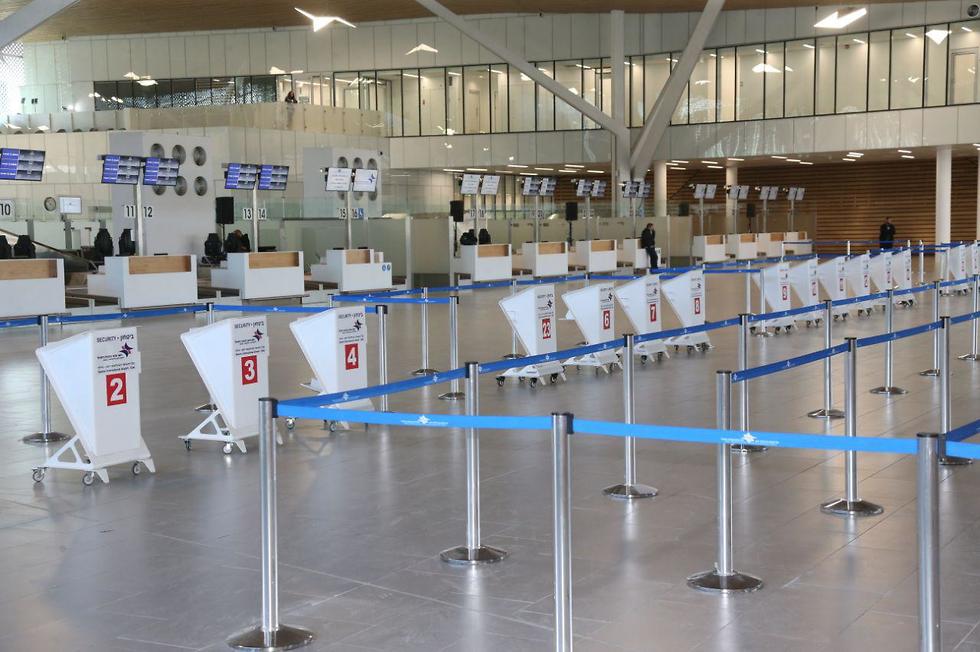

.jpg)

